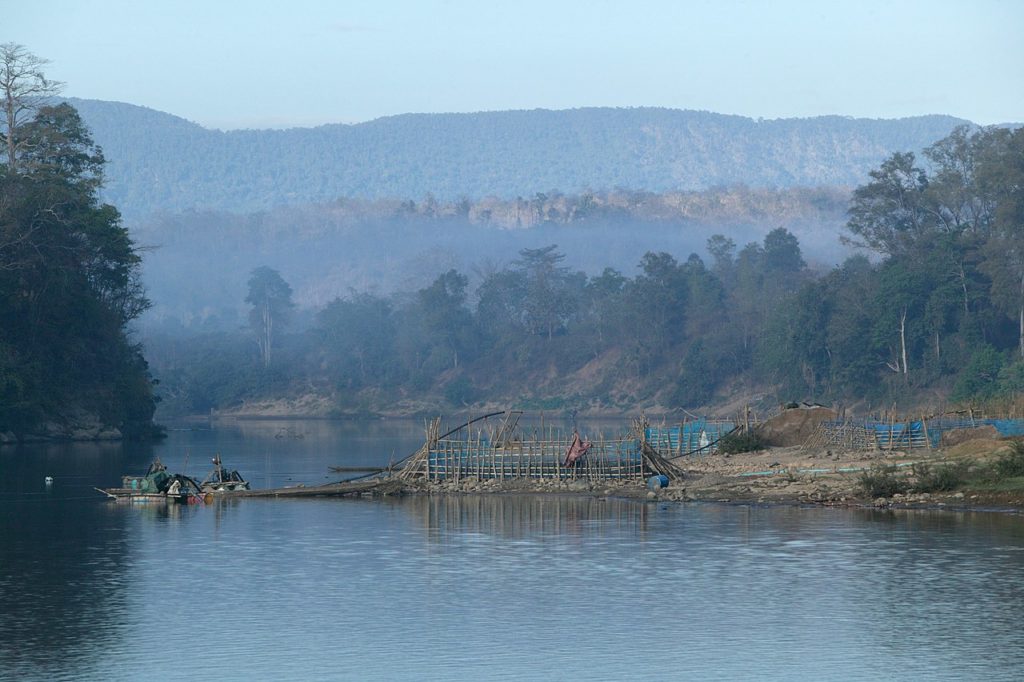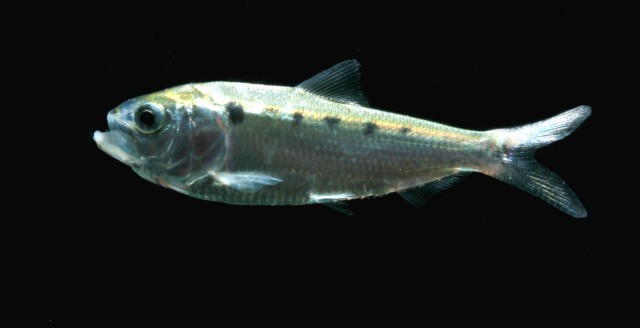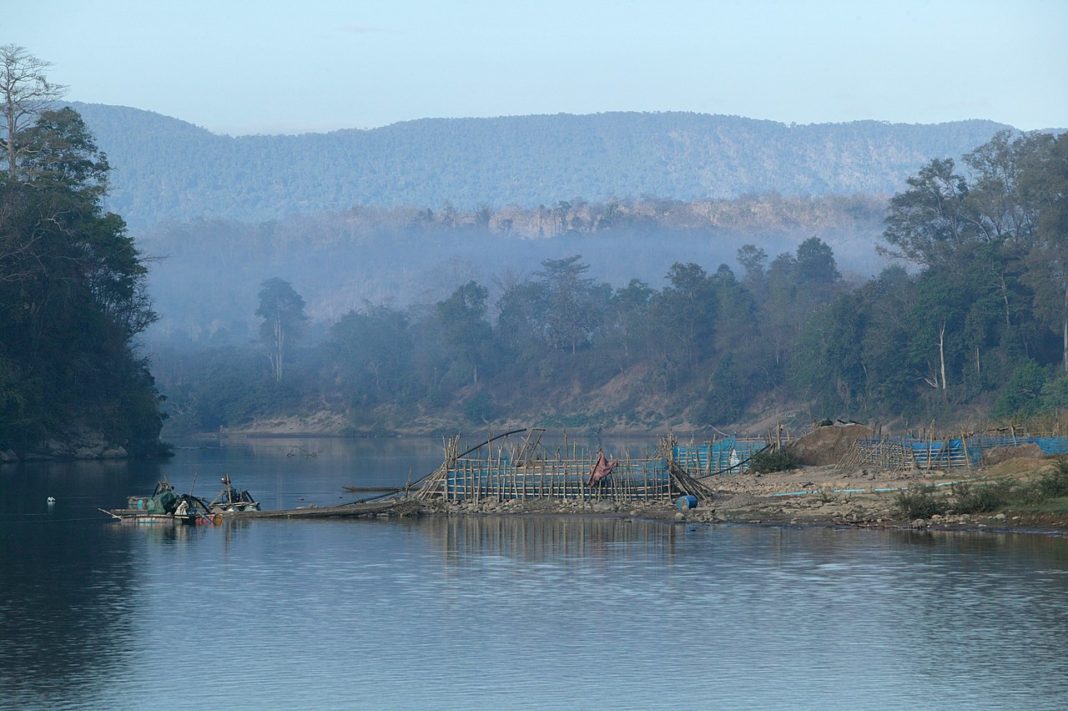As it was listed as ‘Vulnerable’ to extinction on the IUCN Red List of Threatened Species, the Wonders of the Mekong described this as a fascinating phenomenon and a young researcher team has been sent to investigate this.
Elizabeth Everest, a Fulbright Research and Master’s student with Wonders of the Mekong and a member of the research team said this is wonderful as they can study on a rare fish like Laotian shad.
The team had traveled to an area along the 3s basin (Sekong, Sesan, and Srepok river-the main Mekong tributary in northeastern provinces), visiting the fish market, and conducting interviews with local fishers, she said.
Elizabeth added that the investigation on Laotian shad began in December last year after fishers in Ratanakiri reported that Laotian shad were suddenly being caught in large numbers.

“With this, we are going to write a commentary paper and will be published next month,” she said.
Meach Mean from Ratanakiri province said Laotian shad had disappeared from the 3s basin for a while but was spotted again recently.
“We don’t know what happened, but in last few years until now, some fish species seem to have disappeared and some like Laotian shad have been found back,” he said.

Mean said Laotian shad is one of the small and bony fish which people like to eat and is a good source of protein.
The Laotian shad is also known as the Mekong herring. It is associated with freshwater habitat, especially along the Mekong River system in Cambodia, Laos, Thailand and Vietnam. It can grow up to 30 centimetres. It has inhabited mainstreams, lowland tributaries and floodplains.
According to khmertimeskh.com
(https://www.khmertimeskh.com/501046031/a-rare-fish-species-laotian-shad-found-thriving-in-northeastern-rivers/)












